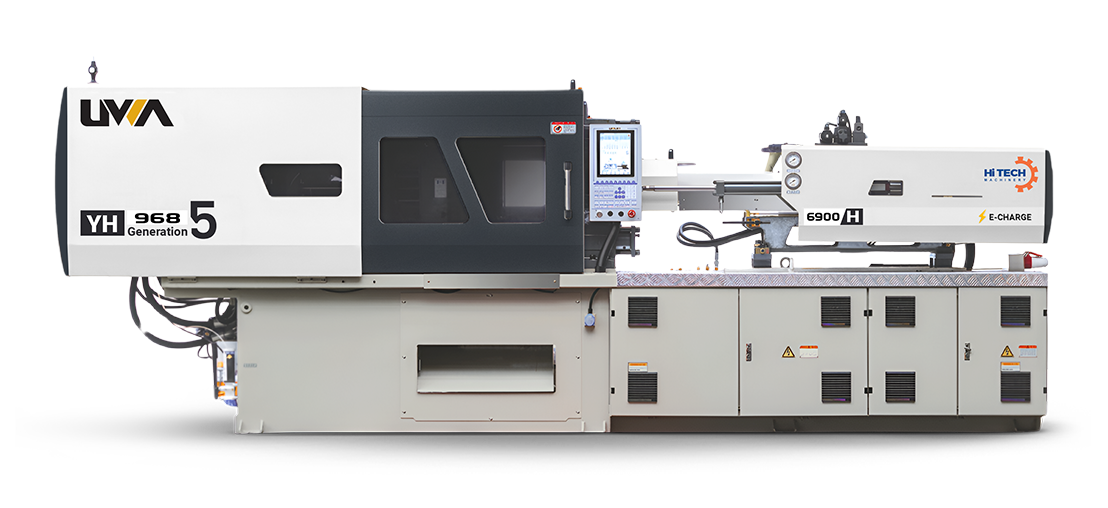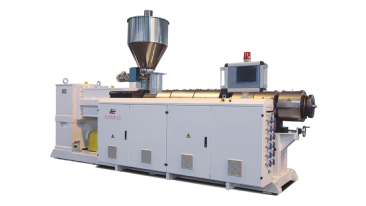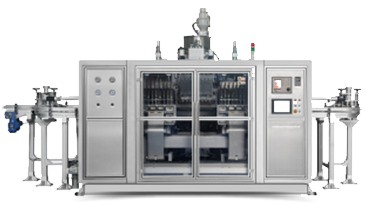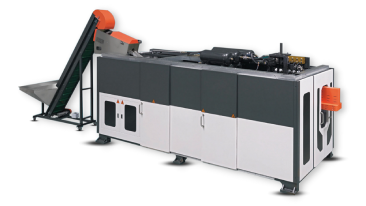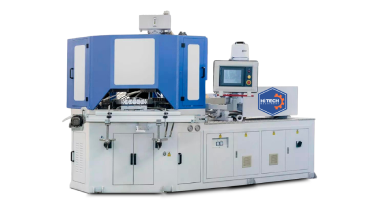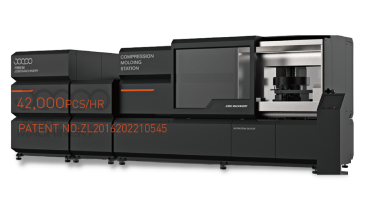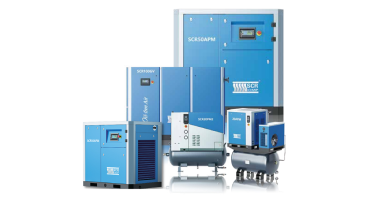Introduction
Injection molding machines, the epitome of modern engineering, utilize heat and pressure to transform plastics into a variety of shapes and sizes, from simple bottle caps to complex automotive components. The essence of these machines lies in their ability to mass-produce items with exceptional precision, repeatability, and efficiency, highlighting their indispensable role in the manufacturing sector.
Historical Background
The advent of injection molding machines can be traced back to 1872, a significant milestone attributed to John Wesley Hyatt. His invention revolutionized the production of billiard balls, demonstrating the potential of plastic manufacturing and laying the foundation for the sophisticated injection molding machines we see today.
Operational Principle
Injection molding machines operate in several stages. Initially, plastic material is fed into a heated barrel, where it melts into a liquid state. This molten plastic is then injected into a mold cavity, taking on the form of the desired product. After cooling and solidifying, the mold opens to eject the finished product, and the cycle repeats.
Component Overview
Key components of a plastic injection molding machine include the feed hopper for loading plastic material, the heating barrel for melting the plastic, the reciprocating screw for mixing and propelling the molten plastic, the nozzle for directing the plastic into the mold, and the clamping unit for opening and closing the mold.
Types of Machines
Plastic injection molding machines come in various types, each tailored to specific manufacturing requirements. All-electric machines prioritize precision and energy efficiency, while hydraulic machines offer versatility and power. Hybrid machines combine the features of electric and hydraulic machines, delivering a balance of precision and power.
Considerations: New v/s Used Machines
While used plastic molding machines may seem cost-effective, they carry inherent risks due to potential mechanical and electrical issues stemming from age. In contrast, new machines offer reliability, efficiency, and performance benefits, along with easier access to spare parts, minimizing downtime.
Spotlight on UWA Injection Molding Machines
UWA molding machines, renowned for their quality and precision, stand out among new options. Backed by a partnership with JSW, a well-known Japanese brand, UWA machines feature robust mechanical structures and advanced components, ensuring top-notch performance and longevity.
Availability Through HiTech Machinery
In Pakistan, HiTech Machinery serves as a trusted source for UWA molding machines. With a reputation for quality and customer satisfaction, HiTech Machinery offers a diverse range of machines and comprehensive after-sales support.
Understanding Pricing Factors
The prices of injection molding machines are influenced by factors such as machine capacity, brand reputation, and exchange rates. Businesses must carefully assess their needs and budget constraints before making a purchase decision.
Price Range of UWA Injection Molding Machines
HiTech Machinery offers UWA injection molding machines ranging from 80 to 3000 tons, catering to a wide spectrum of production requirements. Prices typically range from $17,500 to $500,000, contingent upon machine specifications and prevailing exchange rates.
Conclusion
Determining the prices of molding machines in Pakistan requires thorough research and informed decision-making. While the allure of cost savings may tempt some to opt for used machines, the associated risks underscore the importance of investing in reliable, new equipment. With trusted options like UWA molding machines available through reputable sellers like HiTech Machinery, businesses can embark on their manufacturing journey with confidence, assured of a sound investment for the future.
